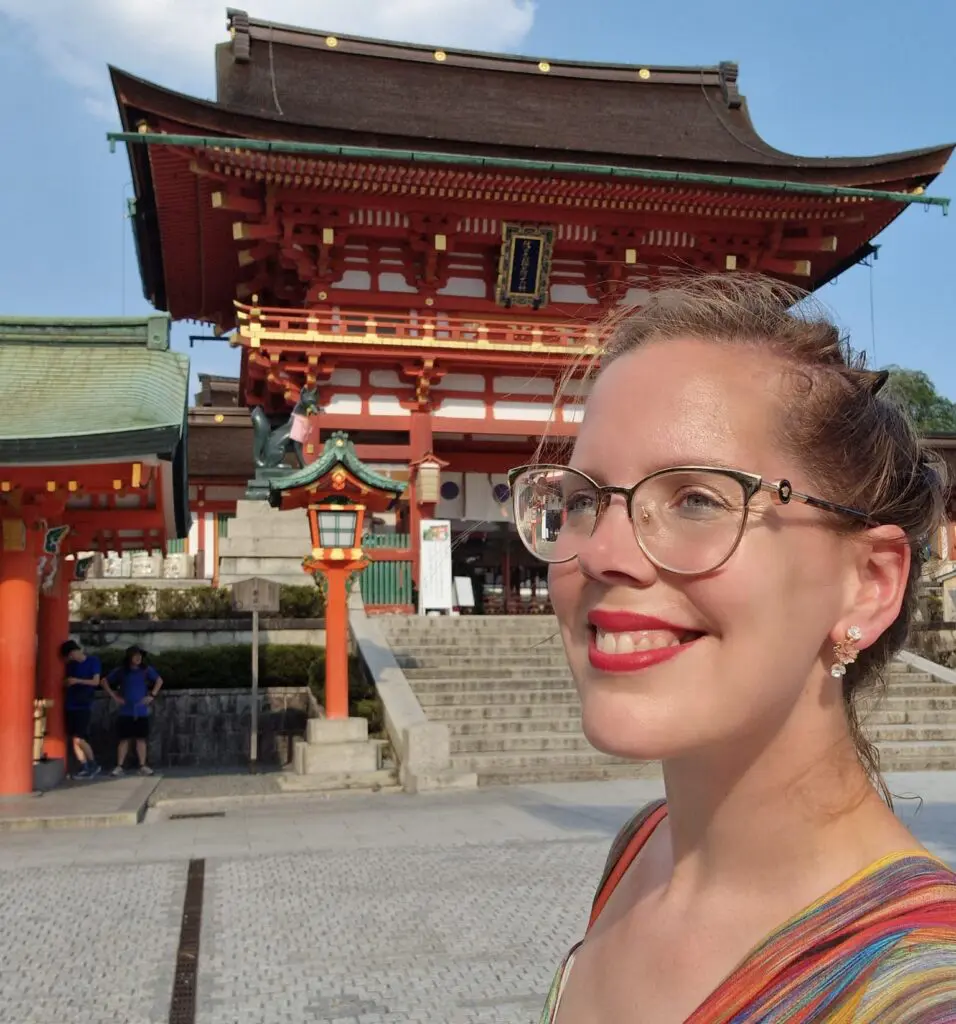I’ve just returned from a country with a reputation for being one of the cleanest in the world; Japan. Three weeks filled with sunny hikes, ancient buddhist temples and sushi – with no litter in sight – was a lovely way to start off the summer.
I try to broaden my horizons every year. Asia definitely has a lot to offer and when I heard that my sister and her boyfriend were flying to Tokyo for a two-month stay, my immediate reaction was to tell her: ‘We’ll meet you there’. Holiday destination sorted.
Japan, which is home to more than 124.5 million people, has long been on my travel bucket list owing to its geishas, samurais and mountainous landscapes. Figures dressed in colourful kimonos, fans in hand, quickly became part of the scenery.
We had the privilege of seeing a geisha and a maiko (geisha in training) give a lively dance performance when visiting Kyoto city. It’s an impactful experience I can’t fully put into words. And one that mesmerised my two-year-old son Robin who normally can’t sit still for longer than 10 seconds.
He’s learning how to talk and has just added ‘risaikuru’ (recycling in Japanese) to his vocabulary.
Leave no trace
One thing that immediately stood out when we stepped out of Narita Airport were the immaculate streets. Not just clean but spotless. I’ve never seen anything like it. Garbage trucks must be deployed every day at dawn because we didn’t see or hear any.
Also, we quickly realised that Japan has little to no waste bins – with the exception of large supermarkets. Strangely, not even fast food places like McDonald’s have waste bins. (Fun fact: they do have dedicated toy recycling bins so kids can return the little figurines that come with their Happy Meal once they are done playinh with them.)
So what happens to all those cans, bags and bottles? Well, people take their waste home with them. They do so diligently and without complaint.
This means most of the trash is sorted for recycling at home and collected at the kerbside. The latest waste management stats tell me Japan currently recycles upwards of 85% of its plastic bottles. Japanese consumers buy more than 23 billion bottels annually.
Meanwhile, the country boasts 94% and 92.7% recycling rates for aluminium and steel beverage cans respectively. Considering 27.5 billion cans are sold per year, that’s quite impressive.
Connection to nature
My family took a day trip to Nara, a city famous for its Unesco protected park, where deer roam freely, including in the nearby streets. They are curious creatures and don’t scare easily, bowing to anyone who bows to them. It’s a lush place, with temples on each side, where littering seems unimaginable.
It is a busy yet peaceful place with a bamboo forrest and lotus flower ponds a stone’s throw away. There is little noise apart from the steady rhythm of feet as muscular and tanned rickshaw pullers strut past carrying tourists. Not me, I much prefer to walk.
It’s clear the Japanese people have a close connection to nature as well as their history. They care deeply about preserving the environment and acting responsibly. For example, you’re gently reminded not to make phone calls while using the subway or train. Eating or drinking in public is also frowned upon. This simultaneously cuts the waste generated.
Meanwhile, I stumbled across a pop-up art show in Kyoto city — promoting the work of mixed media artist Ken Yashiki. He recycles textiles into large and vibrant ‘paintings’. Below are some of my favourites, incorporating different kinds of kimonos. He explains these traditional garments, made from cotton, silk, wool and synthetic fibres, are not easy to work with as they can be quite smooth or rigid.
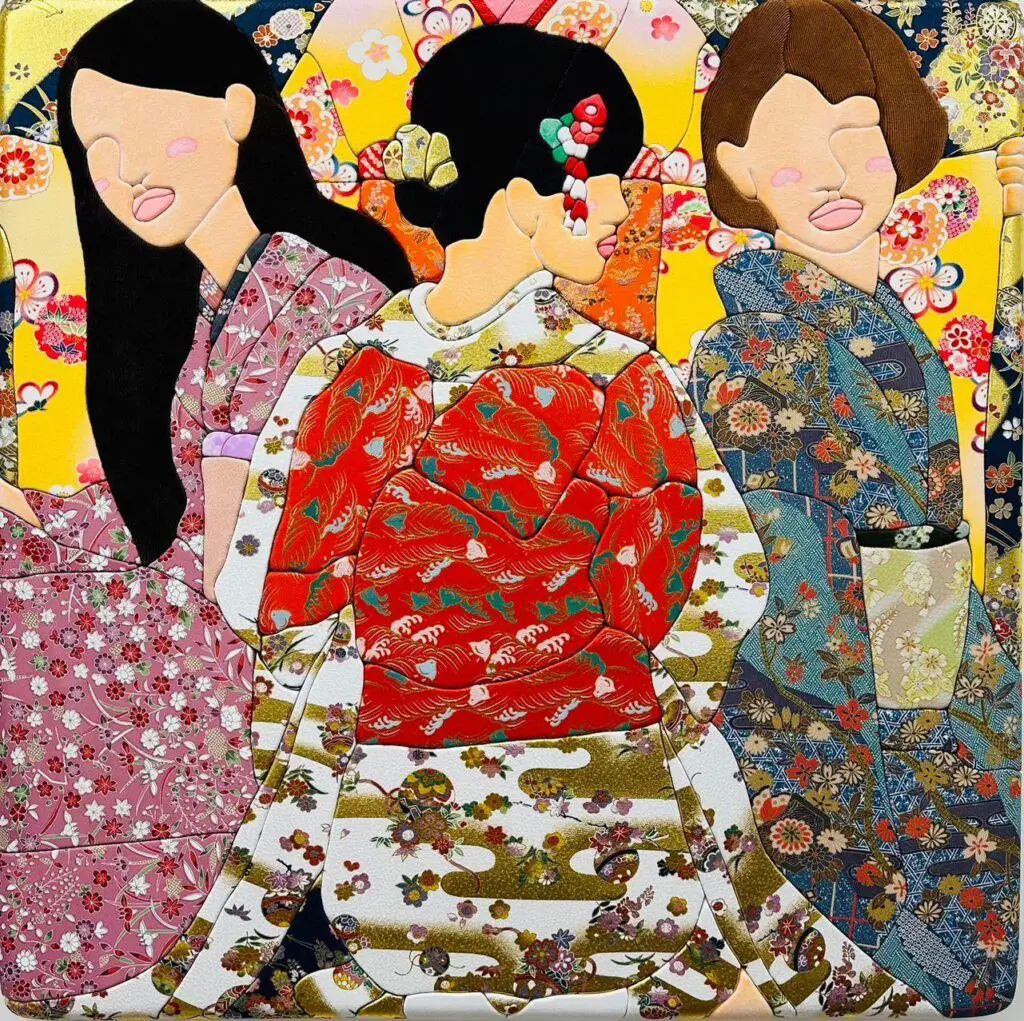


Tourist technosphere
Our itinerary also included a day at Universal Studios and the World Expo 2025, both in Osaka. Although they draw in hundreds of thousands of visitors daily, they also proved to be waste-free zones. There were several robots driving around, delivering food or giving out travel information while others were programmed to interact with children to teach them about technology.
It was fascinating to see so many countries promoting their clean technologies and recycling-related projects at the World Expo. Electric vehicles, renewable energy, smart homes and robotics took centre stage, with each pavilion trying to outshine – and outsmart – the others.
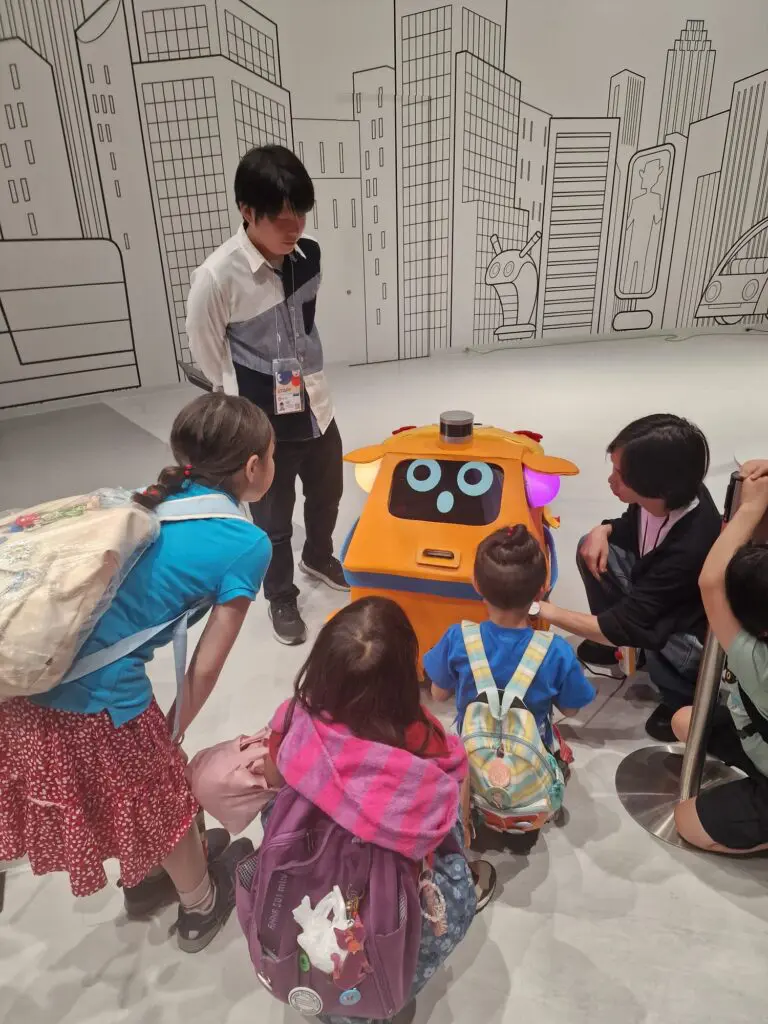
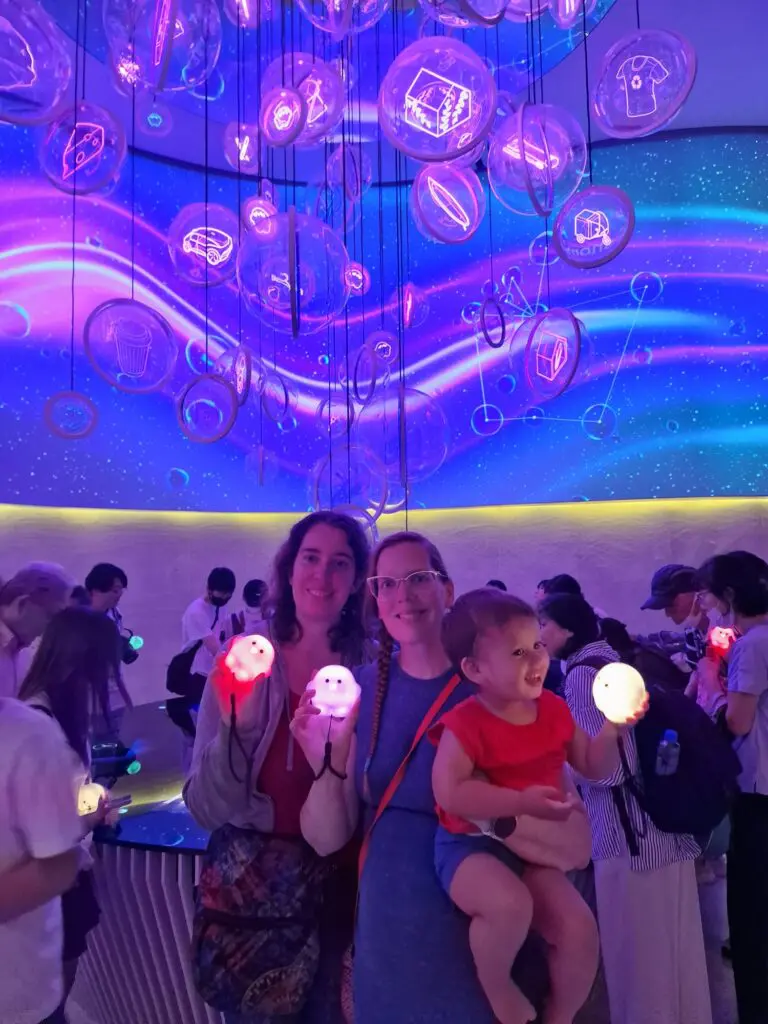

For example, the Japanese pavilion highlighted biogas power generation using food waste and carbon recycling technologies. There was also a facility to demonstrate how CO2 can be converted into calcium carbonate and used to create base layers for roads and asphalt pavements.
The event’s theme can be summarised as building a future-proof society. In my opinion, Germany and the Philippines executed this vision the best. Their pavilions were made according to the cradle-to-cradle principle, celebrating the ‘interface’ between the biosphere and technosphere.
Key features included AI photobooths, luminous audio guides that change colour whenever a visitor enters a new space, interactive visual tracking systems that simulate a flock of fish – prompting many youngsters to dance. These made learning about circular ideas very entertaining.

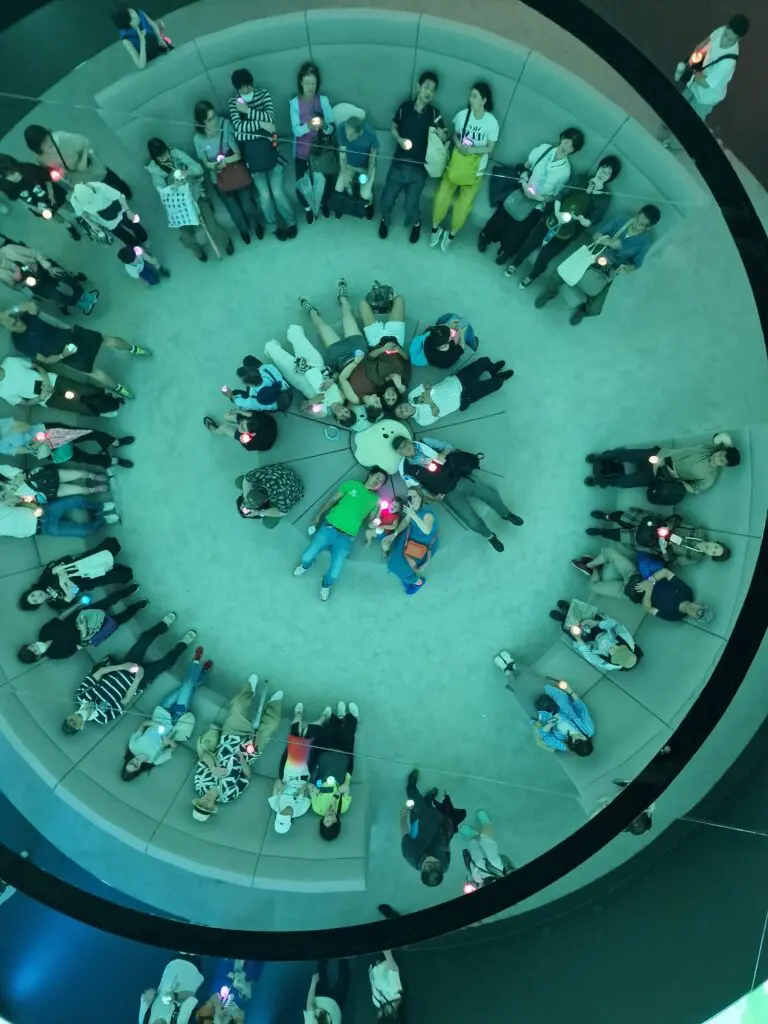
Recycling legacy
Osaka held its first World Expo in 1970. Back then, sustainability was hardly a blip on the radar, although it was the year Earth Day was invented. Fast forward to today, all plastic waste collected on-site will be transformed into new waste bins.
Germany launched a so-called recycling matchmaking service, aimed at connecting people with green intentions. I wonder how many visitors scanned their badge?
The 2025 edition saw participating nations pledge to recycle all of the building materials, mostly steel, aluminium and bamboo. The entire arena was laid out in the shape of a giant circle when viewed from above. A fleet of drones provided a beautiful night-time view of the structure all aglow.
This circle of life was said to be an ode to harmony and the joint path we are all on. That’s a sentiment I can appreciate.
Don't hesitate to contact us to share your input and ideas. Subscribe to the magazine or (free) newsletter.

